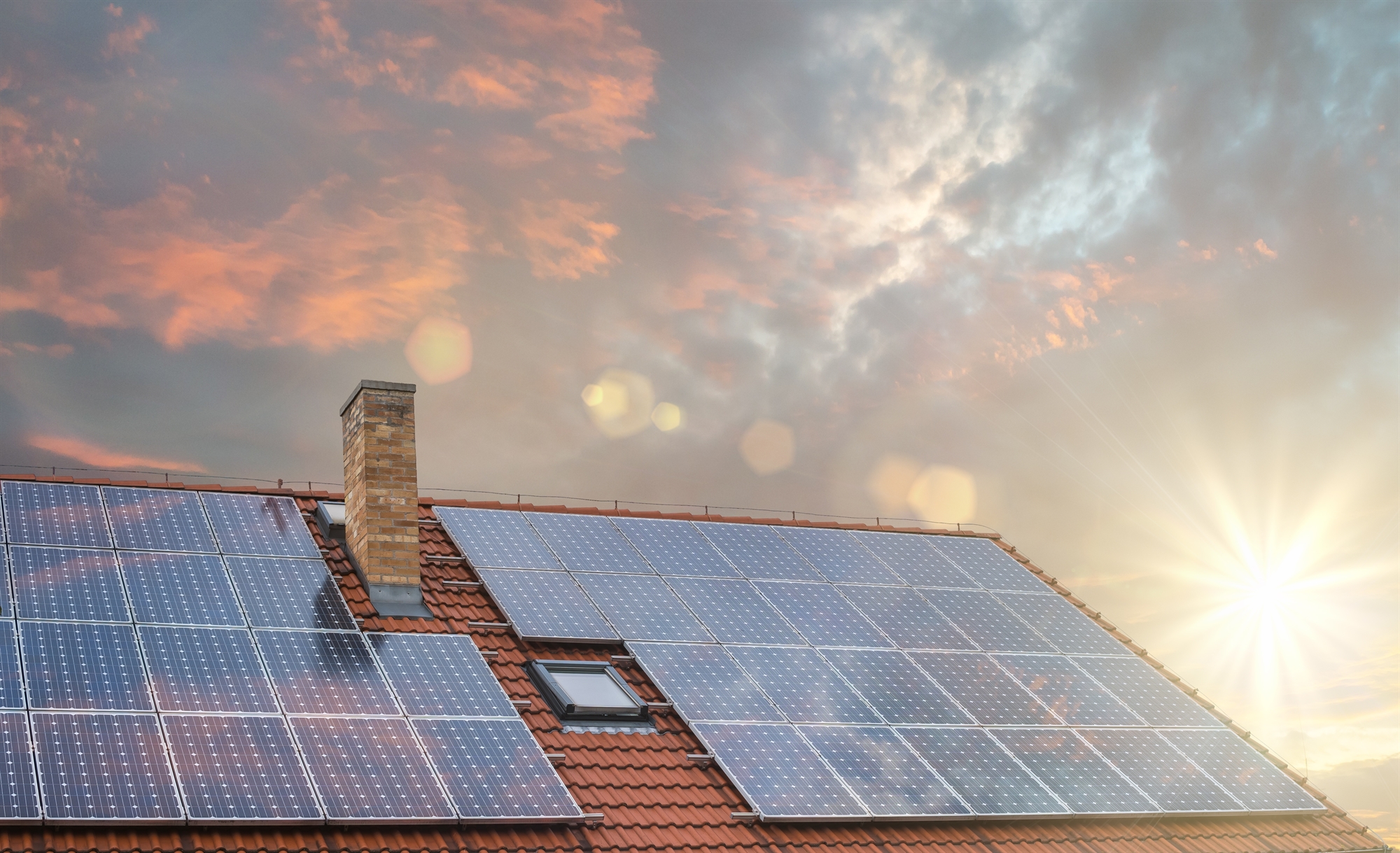
After a long process of delirium and delirium in order to open electronic platform For application submission in April, Ministry of Environment and Energy finalized and pre-published the program guide yesterday “Photovoltaics on the roof”first announced at TIF by Prime Minister Kyriakos Mitsotakis.
Of the total amount of 700 million euros announced by the competent ministers in October following the Prime Minister’s announcement, the available funds are limited to 200 million, the beneficiaries of which are households and farmers. The general budget includes an autonomous fund of 35 million euros for vulnerable households, and a special bonus of 10% is provided for people with disabilities (PWDs), single-parent families and large families.
strengthening
The fund for farmers is 50 million euros and for households it is divided into 85 million euros for individual income up to 20,000 euros and family income up to 40,000 euros and up to 50 million euros for individual income over 20,000 euros and family income. over 40,000 euros. A subsidy for households is mandatory for a photovoltaic system with a battery, while a subsidy for farmers can be subsidized for a photovoltaic system without a battery. The subsidy reaches up to 75% for households and 60% for farmers.
In the case of a battery, the subsidy starts at 90% and goes up to 100%. For vulnerable households and the first income category, the battery subsidy is 100%, and for the third income category and farmers it is 90%. The total subsidy for the solar panel system can reach 16,000 euros for households and 10,000 euros for farmers.

The maximum installed capacity of the subsidized photovoltaic plant is set at 10.8 kW. Accordingly, for the battery, the maximum subsidy is set at 10.8 kWh. The battery must provide power to the RES station for at least one hour.
Available funds are limited to 700 million to 200 million, with beneficiaries of households and farmers.
In practice, this means that if you choose a 10.8 kW station, then the battery must also have a capacity of 10.8 kWh. On the other hand, in the case of a smaller household photovoltaic installation, for example, with a production capacity of 3 kW, the household must definitely choose a battery with a capacity of 3 kilowatt-hours, but not more than 10.8 kilowatt-hours.
In the case of farmers, the battery is subsidized by 90% (regardless of capacity) and 40% PV (regardless of capacity). Applications will be made quickly, without the hassle and complicated paperwork, through the DEDDIE online platform and the use of Taxisnet codes.
The main condition for applying is that the applicant has already concluded a connection contract with DEDDIE, but the photovoltaic plant has not yet been connected. Each individual can submit only one application for one dwelling – the main or secondary, having a functioning domestic electricity supply. Farmers can submit one application for residence and only one application for the supply of agricultural electricity.
A photovoltaic plant can be placed on the roof or rooftop of a building (including canopies, terraces, façades, shades and pergolas), in ancillary areas of a building or agricultural land (such as warehouses and parking lots) or on the ground.
Basic condition
The only eligibility criterion is temporary priority until the amount available to finance the subsidy is exhausted. The beneficiaries of the program, according to the Ministry of Internal Affairs, will be able to save up to 3,000 euros per year on their electricity bills. Preliminary post will remain published until Wednesday, March 29, 2023.
“Through the new Rooftop PV programme, thousands of households and farmers will be able to become energy independent by producing and storing their own green energy. In this way, they will reduce electricity bills and limit greenhouse gas emissions,” said Environment and Energy Minister Kostas Skrekas. Specifically for farmers, the minister stressed that the government supports the Greek region in practice, the competitiveness of the primary sector, so that our farmers can stay on their crops and fields in terms of development.
Source: Kathimerini
Lori Barajas is an accomplished journalist, known for her insightful and thought-provoking writing on economy. She currently works as a writer at 247 news reel. With a passion for understanding the economy, Lori’s writing delves deep into the financial issues that matter most, providing readers with a unique perspective on current events.